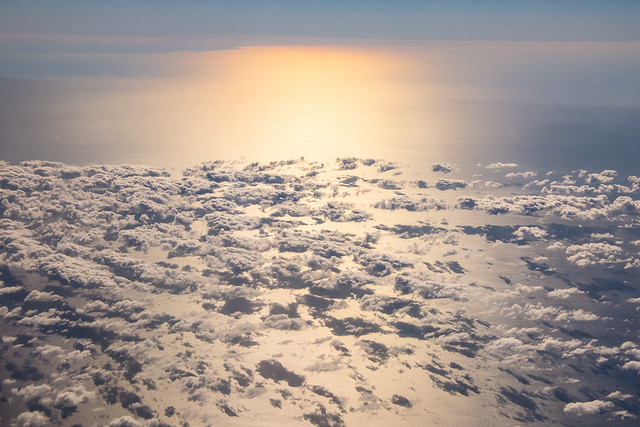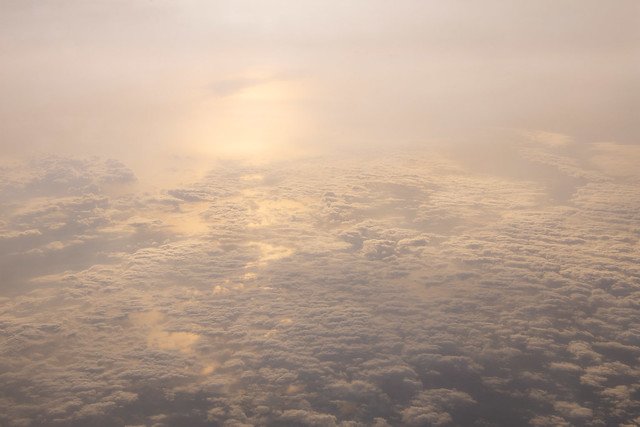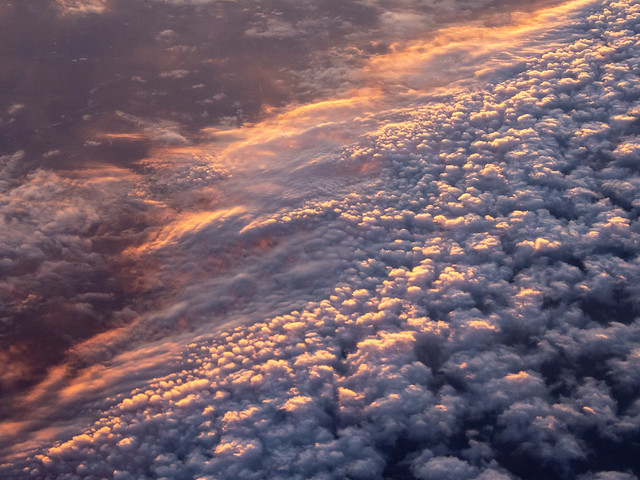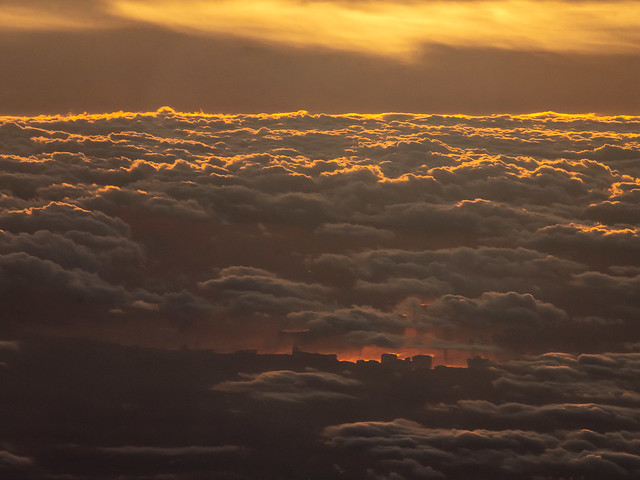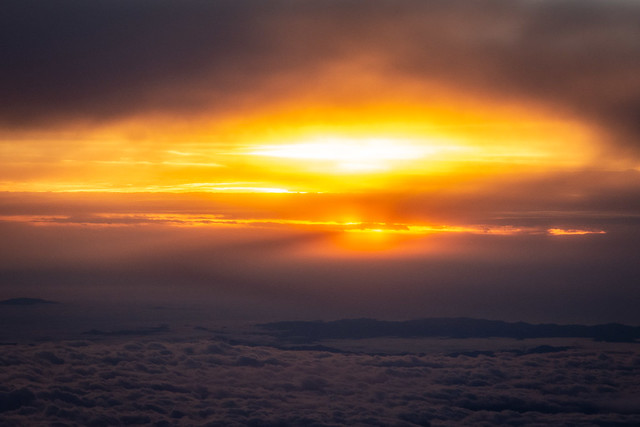Although the main purpose of our trip to Belize was scuba diving (photos to come), I'm always on the lookout for whatever creatures I can find. Despite being on a very small island (Blackbird Caye), a long way from the mainland, we still saw quite a few birds. I'm not a serious birder, so these were just what we noticed wandering around.
The most common bird we saw was the Great-tailed grackle. They are very noisy birds, especially when they roost overnight in large numbers in the trees around your hotel! (the Raddison in Belize City) But at least they have a varied repertoire of screeches, squawks, croaks, and whistles. (iBird describes it as a "loud cacophony")
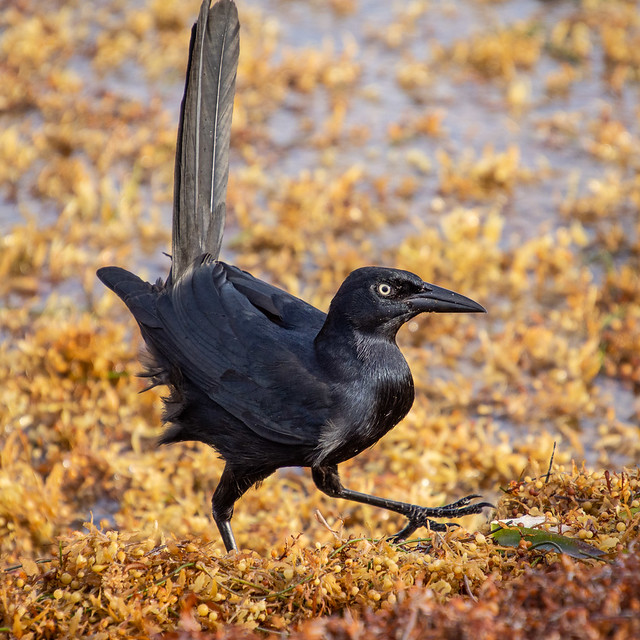
The brown pelicans were another common sight. They are graceful when they are flying, but not so much when they crash dive into the water after fish, or awkwardly take off.
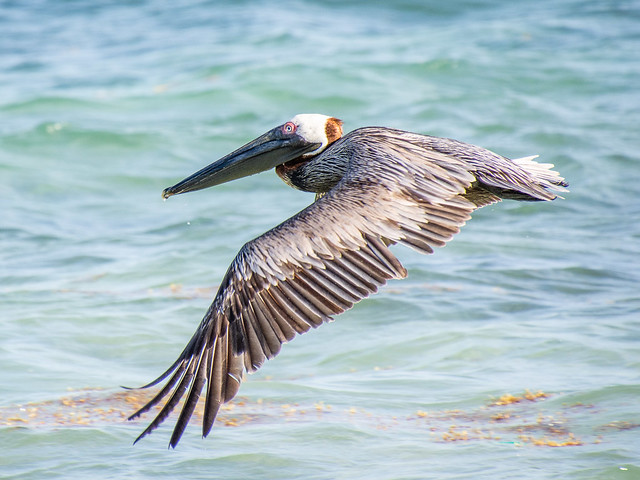
Of course, there were lots of small shore birds, which I struggled to identify, mostly unsuccessfully. This might be a Least Sandpiper.
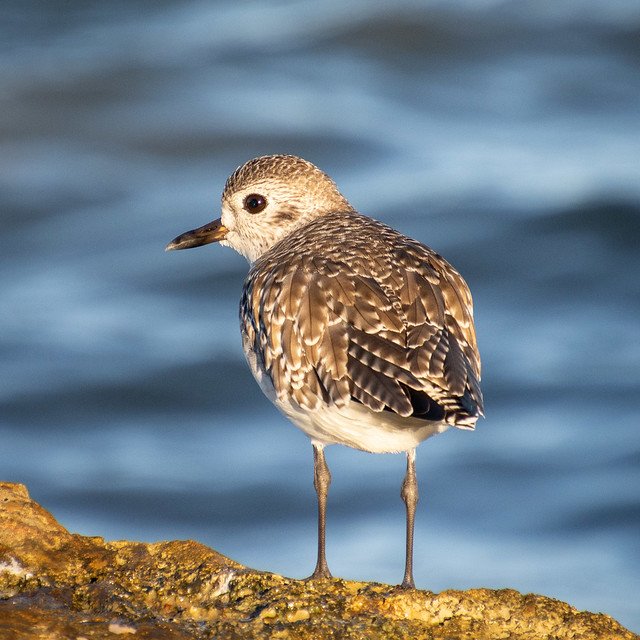
I'm not sure about this one.
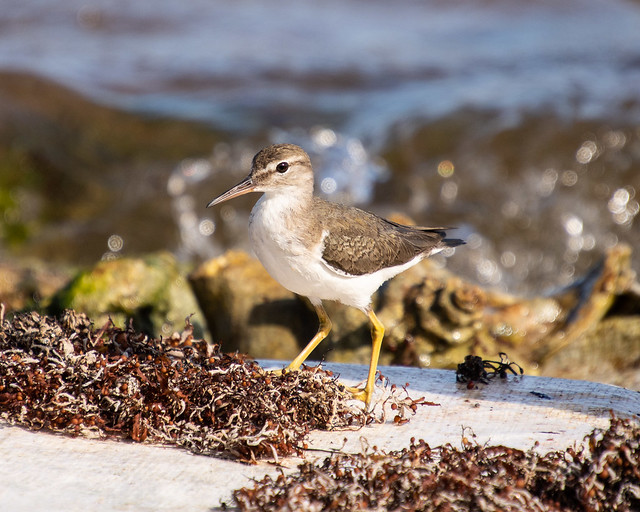
These were always in a group. I think they are Ruddy Turnstones in non-breeding colors. Although their colors didn't really match the sargasso weed on the beach, they still managed to blend in.
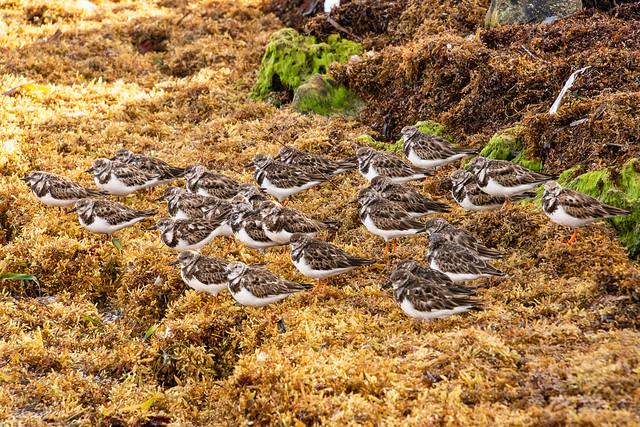
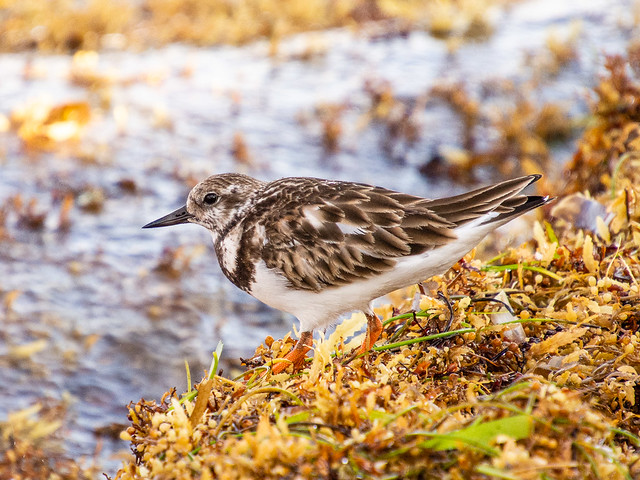
The terns were also hard to identify. I think this is a Royal tern.
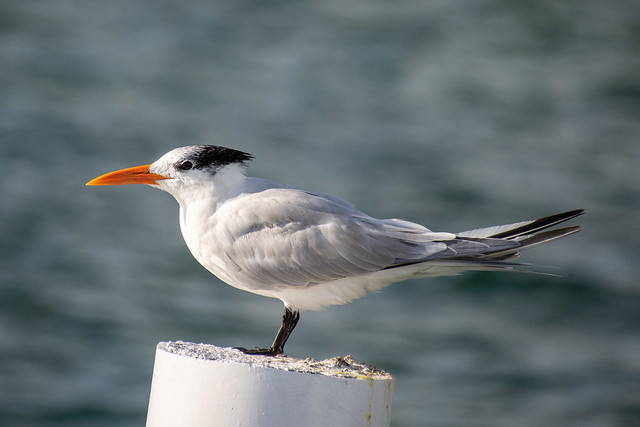
There were bigger shore birds as well. This Little blue heron hung around the beach and the dock the whole time we were there.
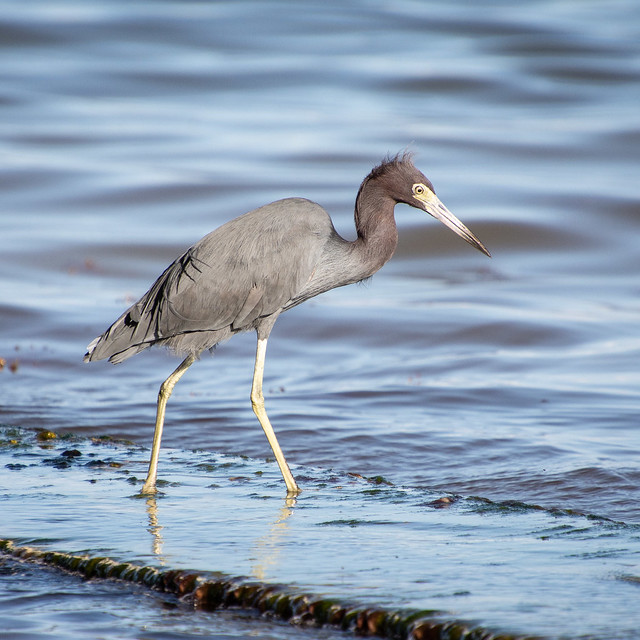
I also saw a Green heron and a Yellow-crowned night heron, although only from a long distance so not great photos.

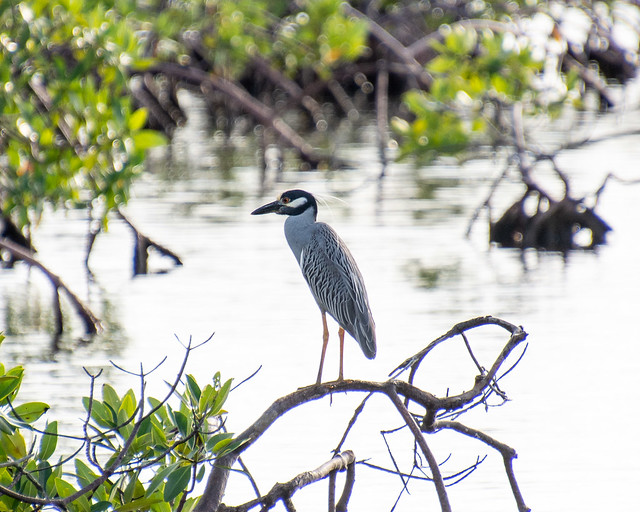
The yellow legs on this egret threw me off, but I think it's an immature Snowy egret. (another long distance shot)

I was surprised there weren't more cormorants, but I only noticed the occasional one. They spread their wings like this to dry them out, since they have less oil on their feathers than other water birds so they can dive easier.
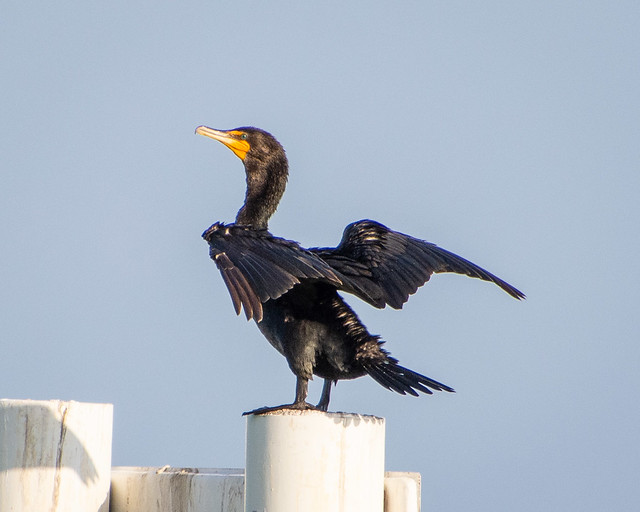
The king/queen of the island was the osprey. There was a nest in a dead tree but we only ever saw a single bird, not a pair.
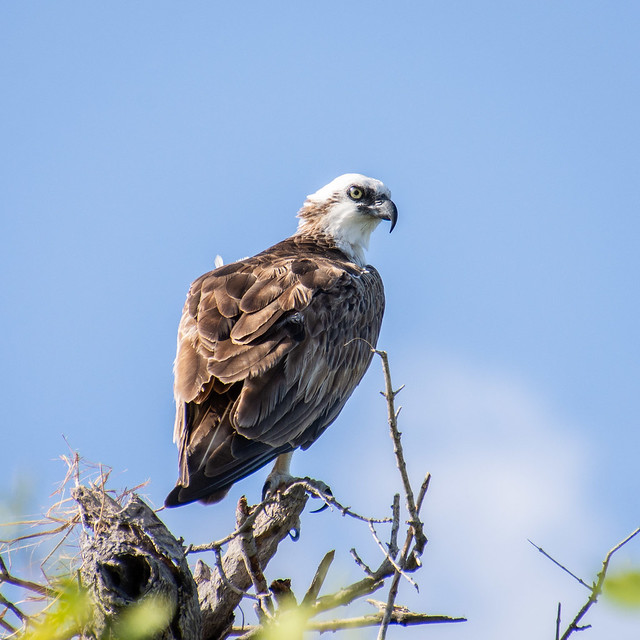
On a day trip to the Great Blue Hole we stopped at Half Moon Caye where there is a bird sanctuary with nesting Red-footed boobies and Magnificent Frigatebirds.
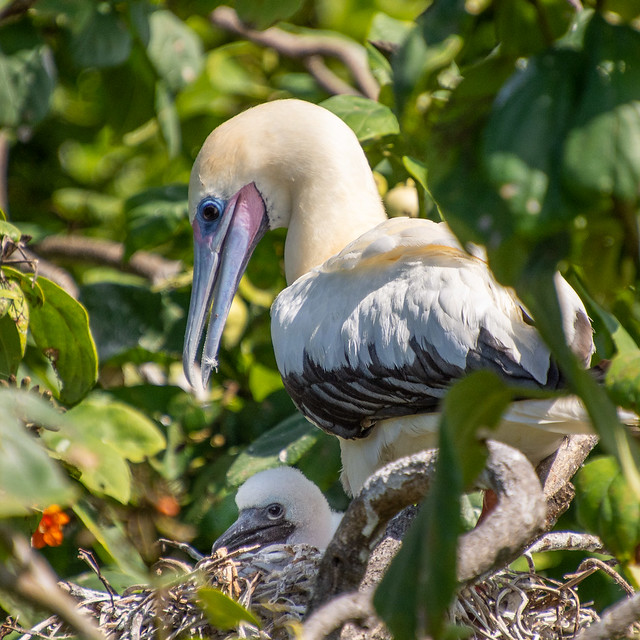
The frigatebirds are a common sight soaring around with their distinctive wings and forked tail. They seldom land, feeding off fish (often flying fish) that they catch in flight. When they are courting, the males inflate their bright red gular sacs to attract the females.
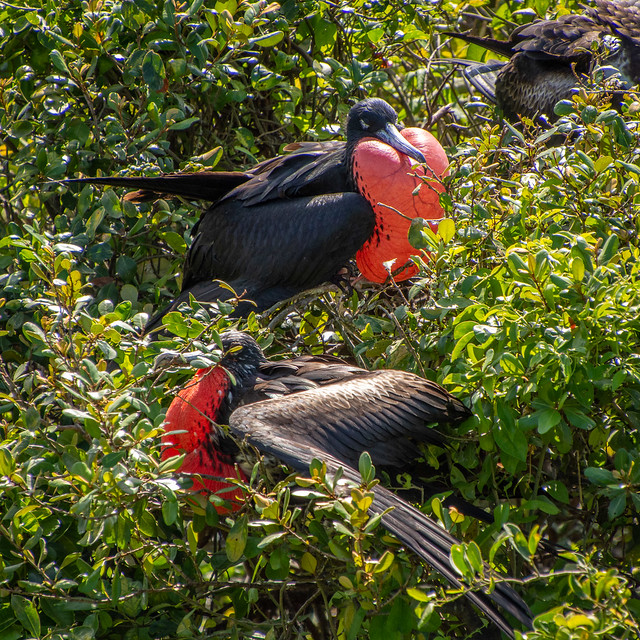
There were also some land birds. The Tropical mockingbirds were fairly common. This one had caught some kind of bug.

The Tropical kingbirds were pretty with their yellow chests, but quite skittish.
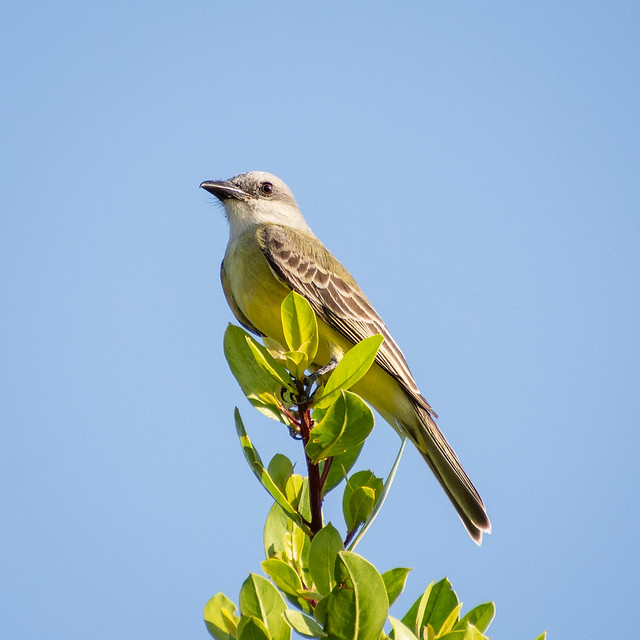
The most colorful were the Hooded orioles. They were not very cooperative for photographs, but I managed a couple of lucky shots.

The Cinnamon hummingbirds were also hard to catch.

The Yucatan woodpeckers were a little more cooperative.

There was also a kingfisher that I would have liked to photograph, but I only caught a glimpse of it.
See all 59 photos
The most common bird we saw was the Great-tailed grackle. They are very noisy birds, especially when they roost overnight in large numbers in the trees around your hotel! (the Raddison in Belize City) But at least they have a varied repertoire of screeches, squawks, croaks, and whistles. (iBird describes it as a "loud cacophony")

The brown pelicans were another common sight. They are graceful when they are flying, but not so much when they crash dive into the water after fish, or awkwardly take off.

Of course, there were lots of small shore birds, which I struggled to identify, mostly unsuccessfully. This might be a Least Sandpiper.

I'm not sure about this one.

These were always in a group. I think they are Ruddy Turnstones in non-breeding colors. Although their colors didn't really match the sargasso weed on the beach, they still managed to blend in.


The terns were also hard to identify. I think this is a Royal tern.

There were bigger shore birds as well. This Little blue heron hung around the beach and the dock the whole time we were there.

I also saw a Green heron and a Yellow-crowned night heron, although only from a long distance so not great photos.


The yellow legs on this egret threw me off, but I think it's an immature Snowy egret. (another long distance shot)

I was surprised there weren't more cormorants, but I only noticed the occasional one. They spread their wings like this to dry them out, since they have less oil on their feathers than other water birds so they can dive easier.

The king/queen of the island was the osprey. There was a nest in a dead tree but we only ever saw a single bird, not a pair.

On a day trip to the Great Blue Hole we stopped at Half Moon Caye where there is a bird sanctuary with nesting Red-footed boobies and Magnificent Frigatebirds.

The frigatebirds are a common sight soaring around with their distinctive wings and forked tail. They seldom land, feeding off fish (often flying fish) that they catch in flight. When they are courting, the males inflate their bright red gular sacs to attract the females.

There were also some land birds. The Tropical mockingbirds were fairly common. This one had caught some kind of bug.

The Tropical kingbirds were pretty with their yellow chests, but quite skittish.

The most colorful were the Hooded orioles. They were not very cooperative for photographs, but I managed a couple of lucky shots.

The Cinnamon hummingbirds were also hard to catch.

The Yucatan woodpeckers were a little more cooperative.

There was also a kingfisher that I would have liked to photograph, but I only caught a glimpse of it.
See all 59 photos

